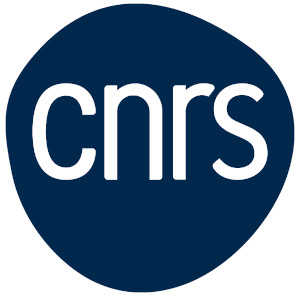Annotation de métabolites et lipides par réseaux moléculaires à partir d’analyses EAD en spectrométrie de masse

Valentina Calabrese, Thomas Brunet, Arnaud Salvador, Sophie Ayciriex (équipe AnabioMS) et Yohann Clément (plateforme CHEMOD) en collaboration avec des collègues de l’INRAE ont publié un article intitulé « Electron-activated dissociation (EAD) for the complementary annotation of metabolites and lipids through data-dependent acquisition analysis and feature-based molecular networking, applied to the sentinel amphipod Gammarus fossarum » dans la revue Analytical and Bioanalytical chemistry qui a fait l’objet d’un Paper in Frorefront. Cet article fait également partie de la collection spéciale « ABC Highlights: authored by Rising Stars & Top Experts »
The past decades have marked the rise of metabolomics and lipidomics as the -omics sciences which reflect the most phenotypes in living systems. Mass spectrometry–based approaches are acknowledged for both quantification and identification of molecular signatures, the latter relying primarily on fragmentation spectra interpretation. However, the high structural diversity of biological small molecules poses a considerable challenge in compound annotation. Feature-based molecular networking (FBMN) combined with database searches currently sets the gold standard for annotation of large datasets. Nevertheless, FBMN is usually based on collision-induced dissociation (CID) data, which may lead to unsatisfying information. The use of alternative fragmentation methods, such as electron-activated dissociation (EAD), is undergoing a re-evaluation for the annotation of small molecules, as it gives access to additional fragmentation routes. In this study, we apply the performances of data-dependent acquisition mass spectrometry (DDA-MS) under CID and EAD fragmentation along with FBMN construction, to perform extensive compound annotation in the crude extracts of the freshwater sentinel organism Gammarus fossarum. We discuss the analytical aspects of the use of the two fragmentation modes, perform a general comparison of the information delivered, and compare the CID and EAD fragmentation pathways for specific classes of compounds, including previously unstudied species. In addition, we discuss the potential use of FBMN constructed with EAD fragmentation spectra to improve lipid annotation, compared to the classic CID-based networks. Our approach has enabled higher confidence annotations and finer structure characterization of 823 features, including both metabolites and lipids detected in G. fossarum extracts.


